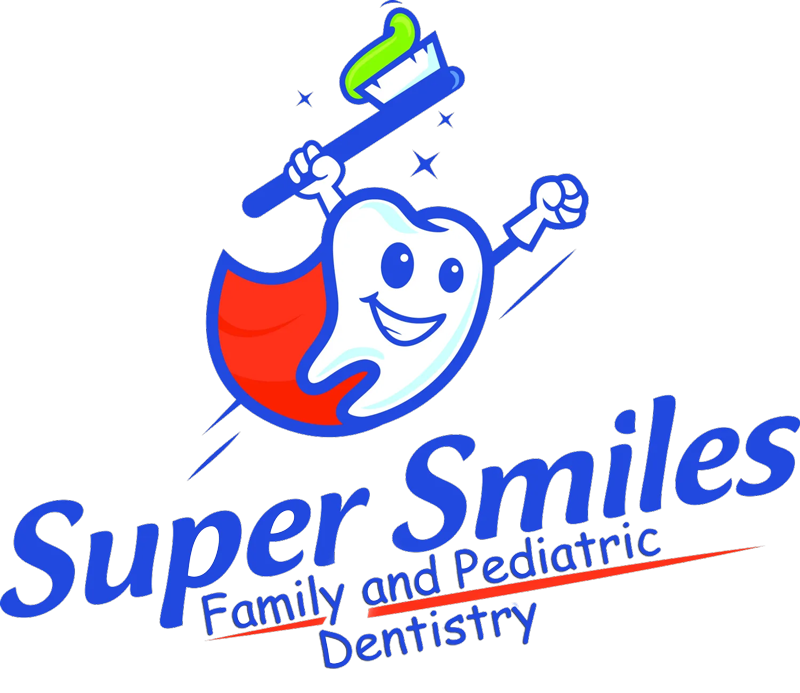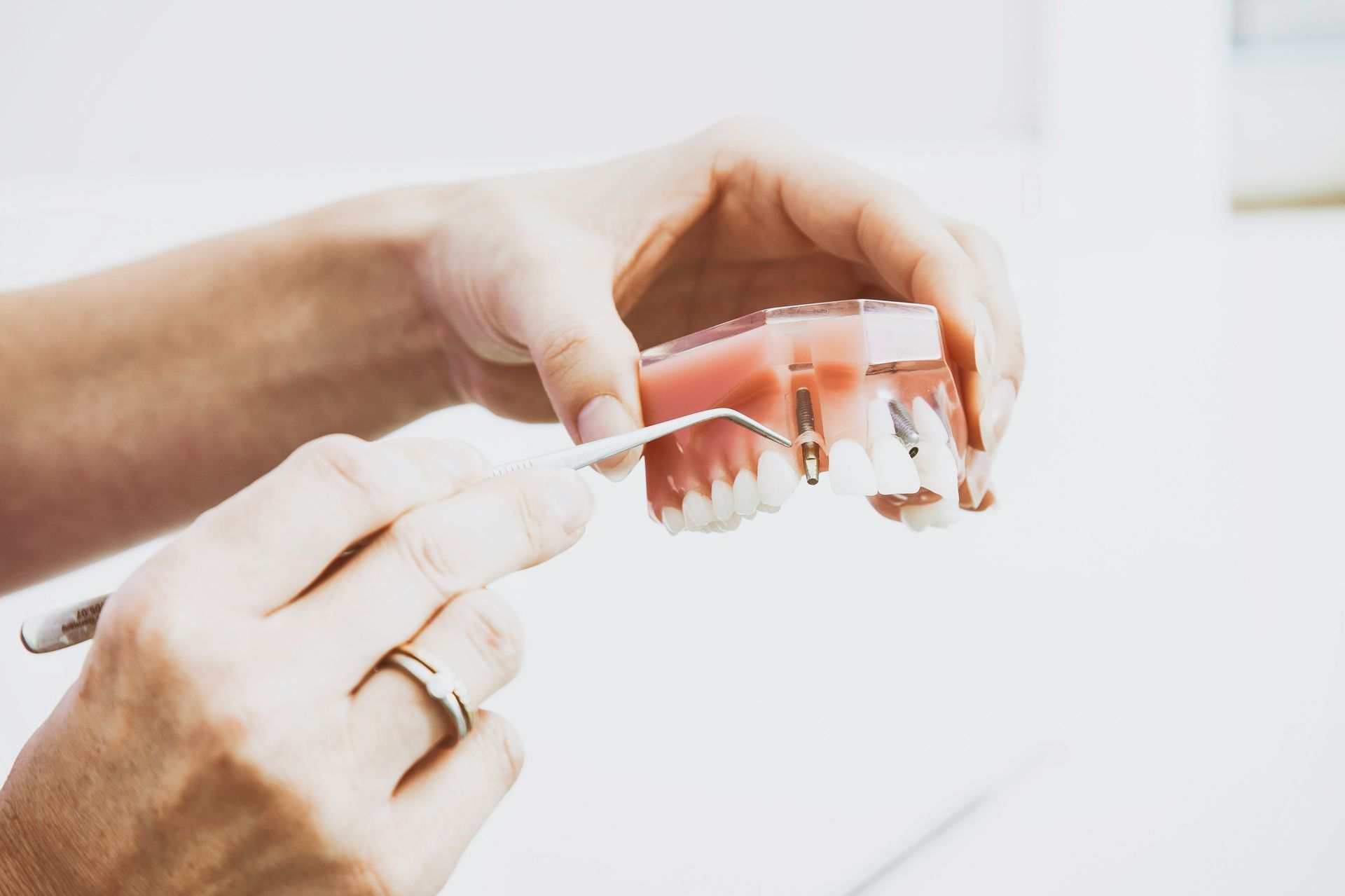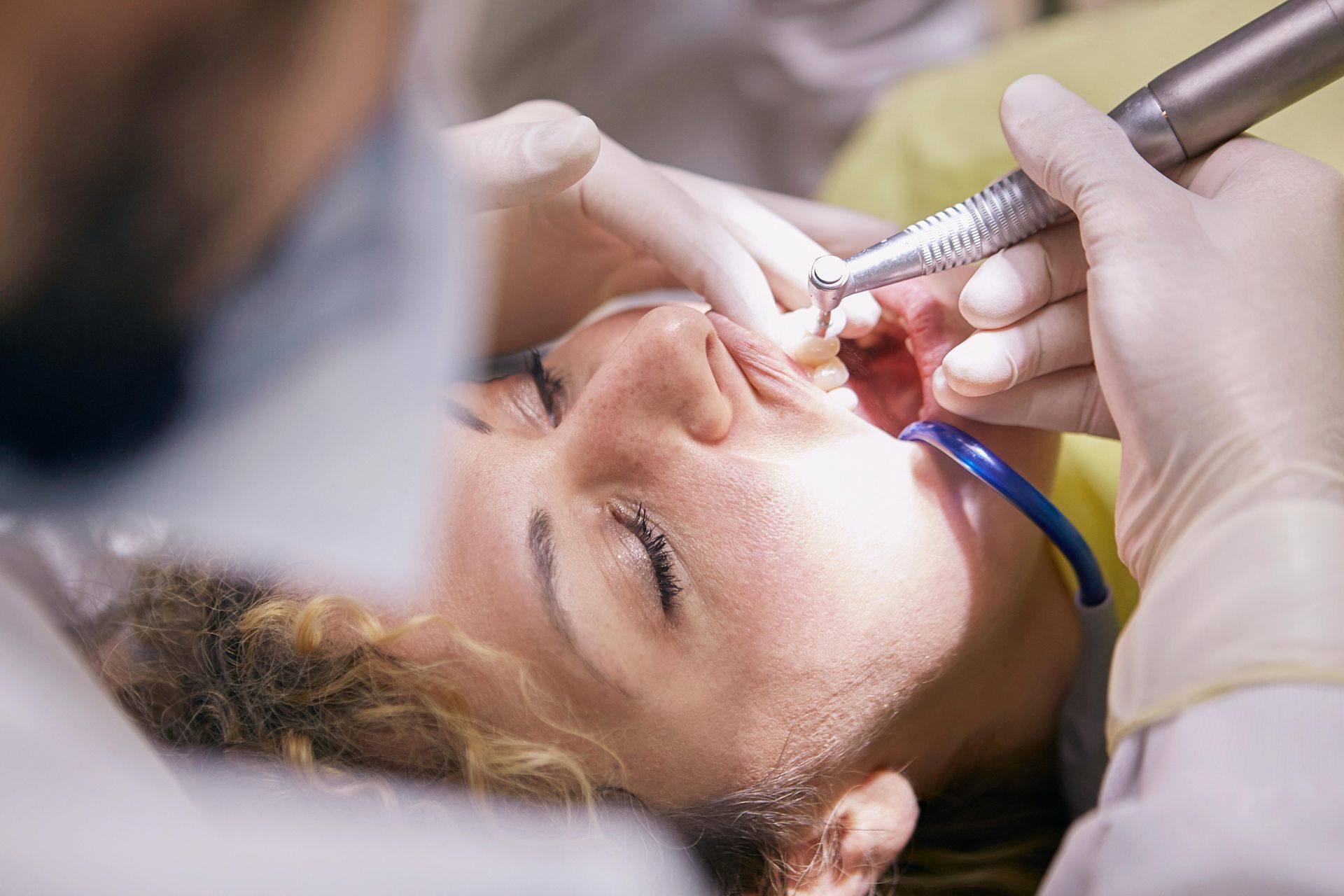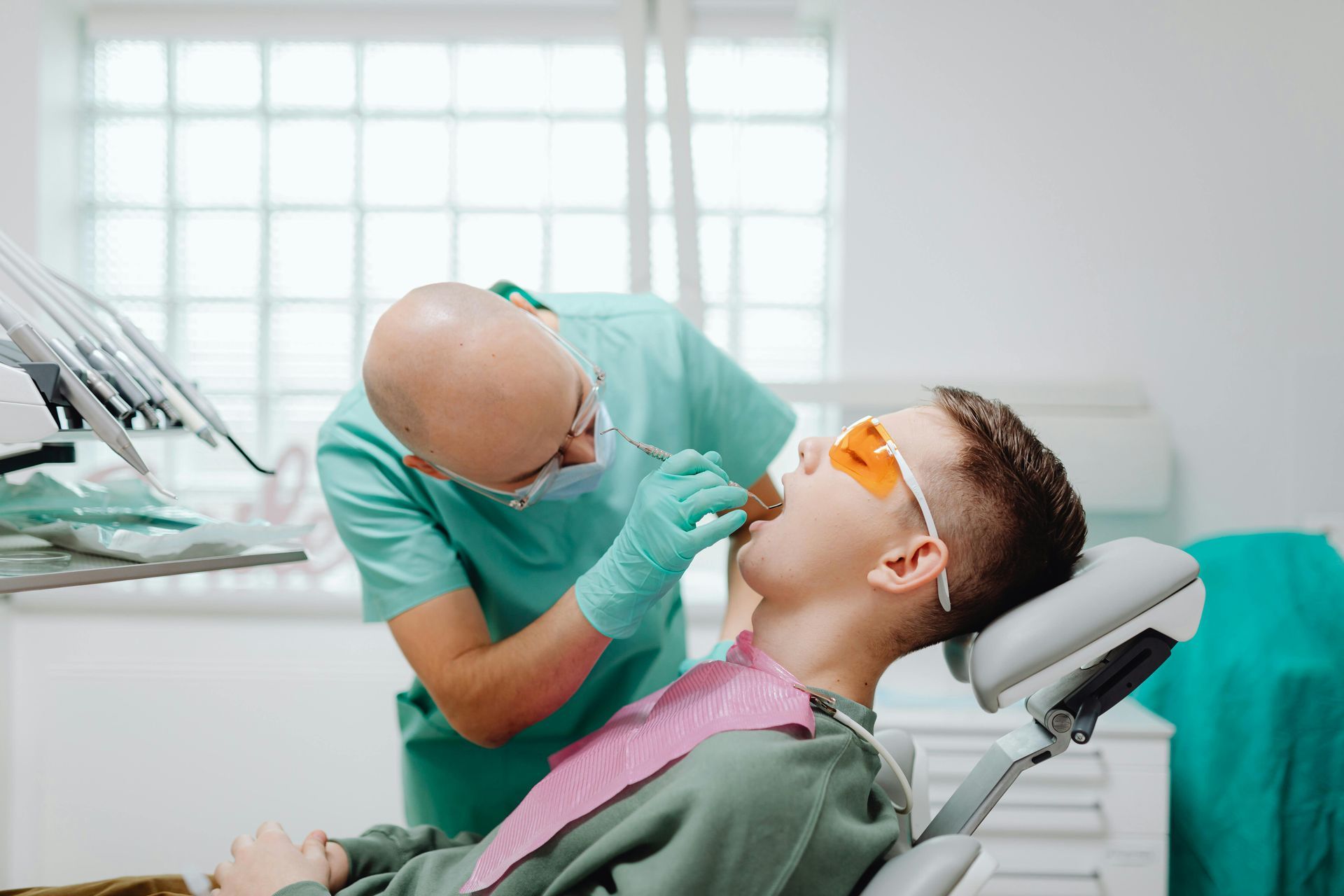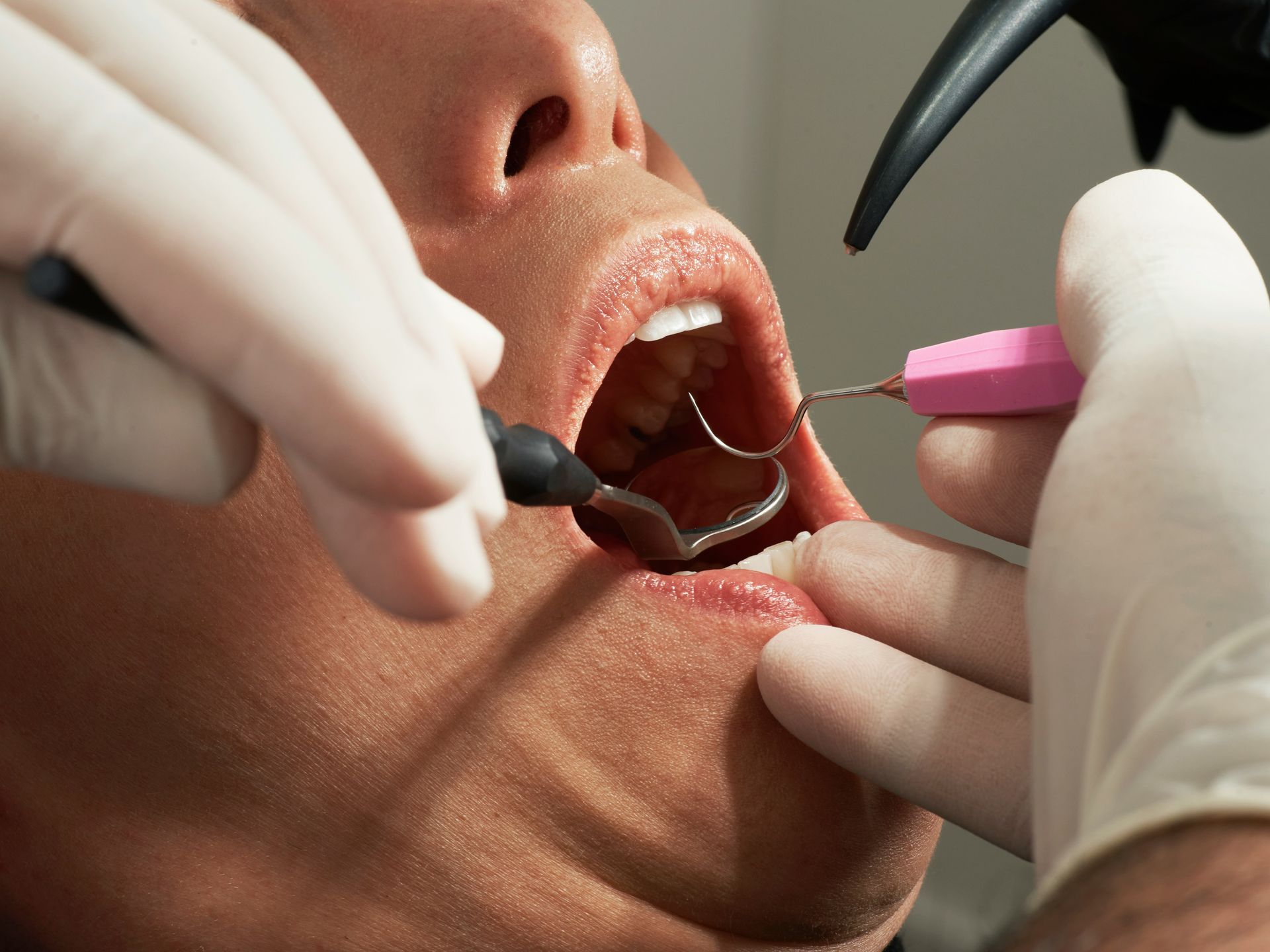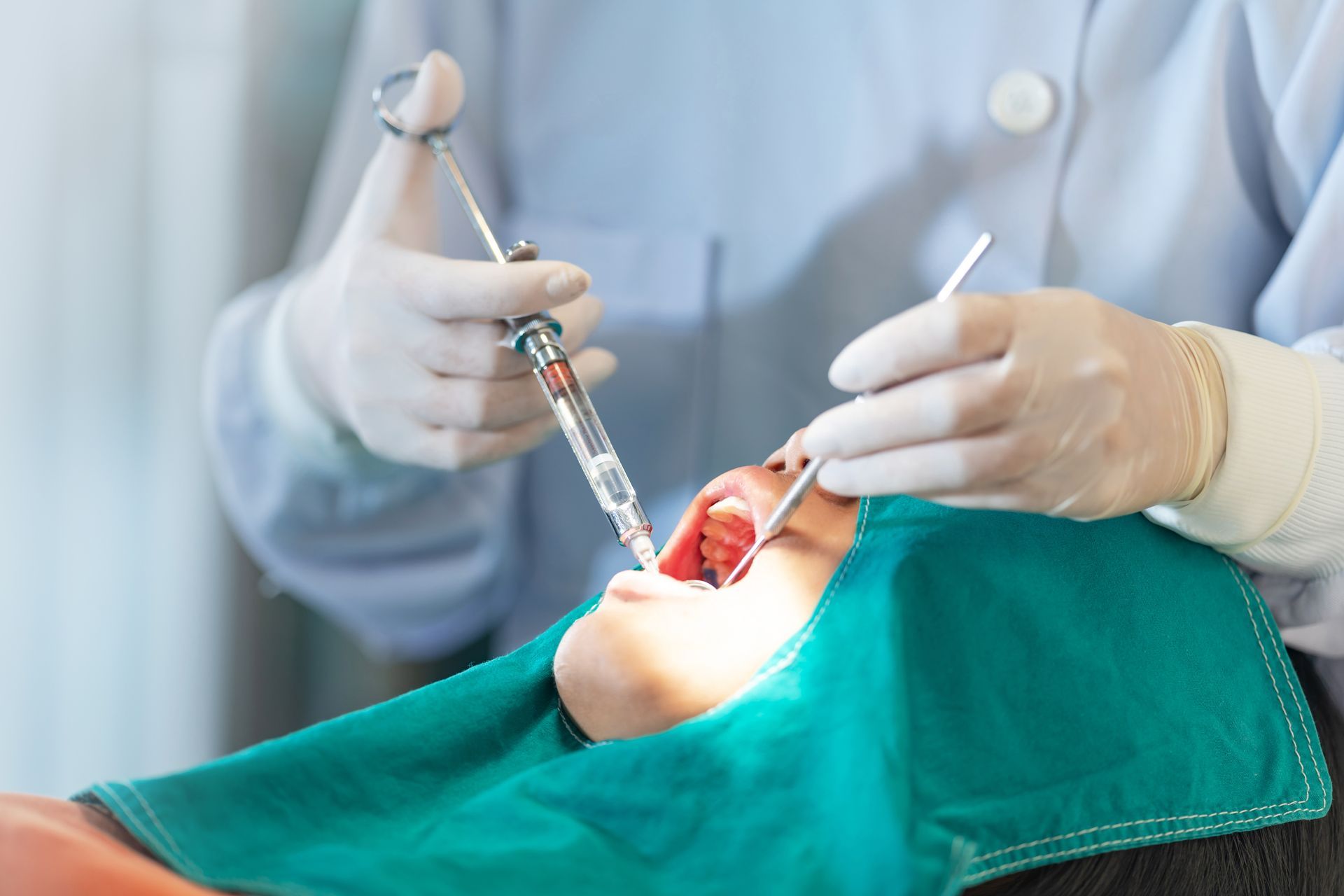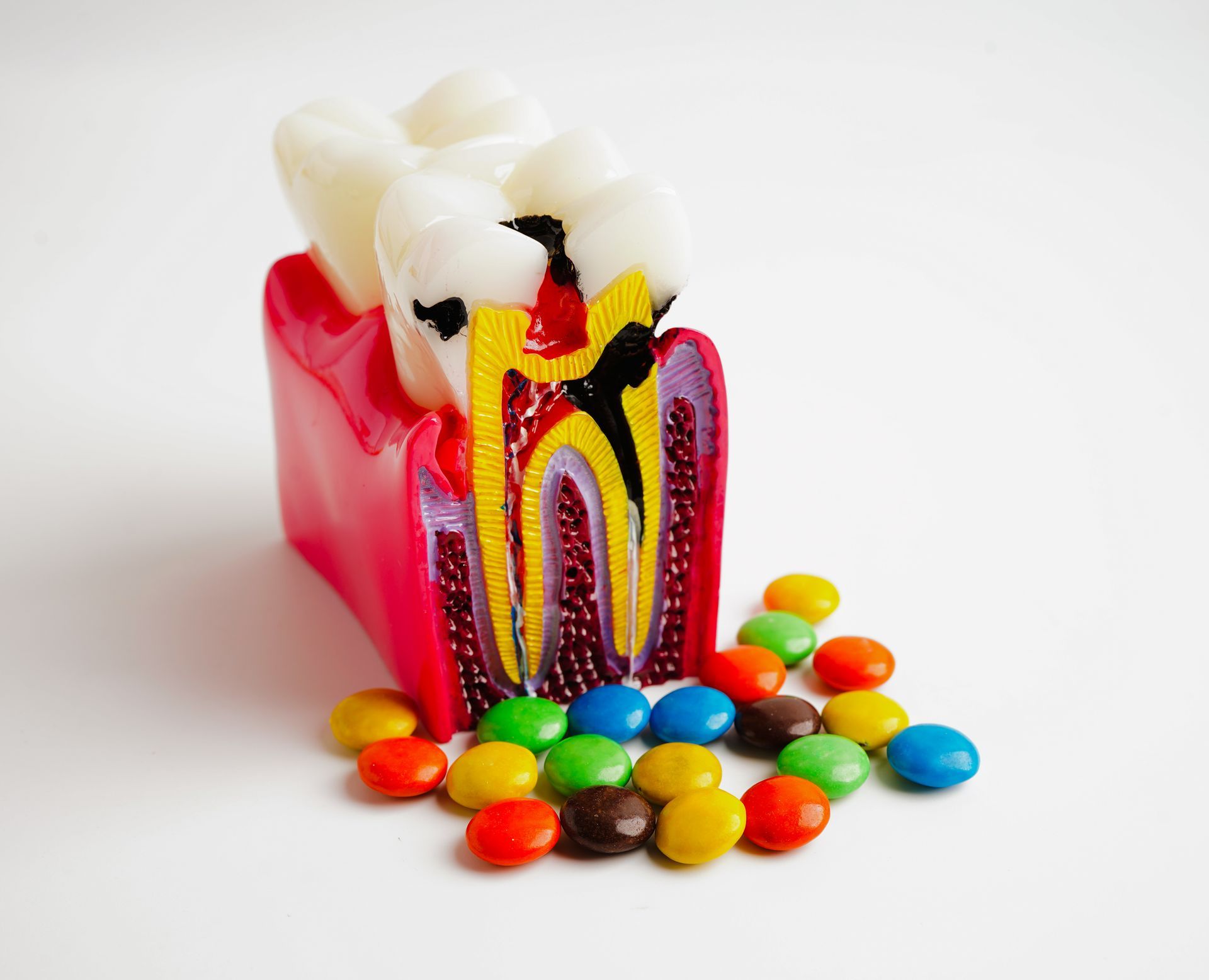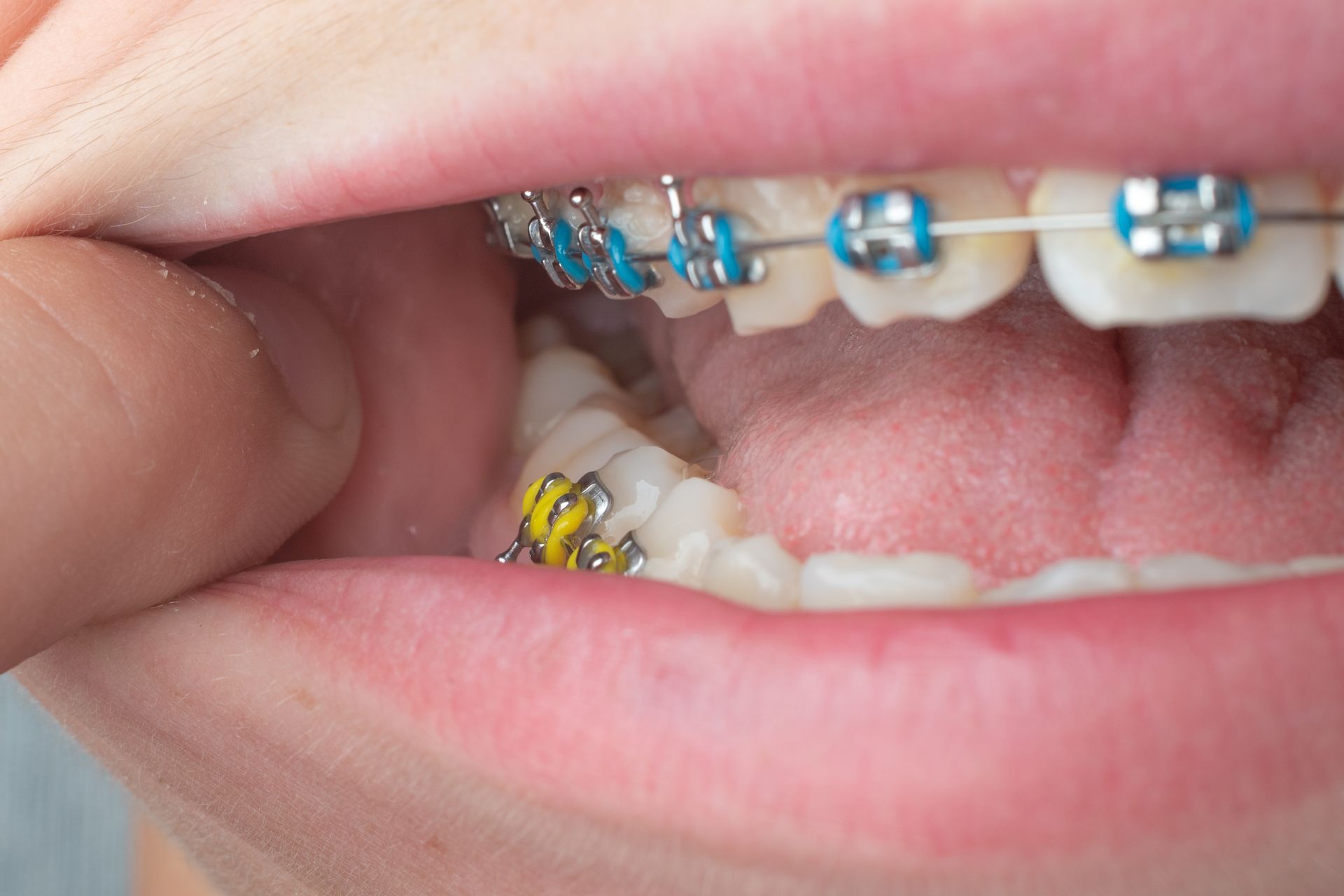When is Tooth Removal Necessary? Signs You Need to See a Dentist
Tooth removal is not exactly on anyone’s bucket list. Nobody wakes up thinking, “Today seems like a great day to have a tooth pulled.” But sometimes, removing a tooth is the best thing you can do for your oral health. Whether it’s because of pain, infection, overcrowding, or other dental issues, teeth removal can save you from bigger problems down the road.
In this guide, we will explore the situations that might require a tooth to be removed, the signs you should see a dentist, and how the process works. You might even find yourself feeling a little more confident about the whole thing — maybe even slightly relieved. After all, it’s better to have one tooth gone than to let the entire neighborhood of teeth suffer.
Understanding Tooth Removal and Why It’s Sometimes Necessary
Tooth removal, also known as dental extraction, is a procedure where a dentist takes out a tooth from its socket. It might sound intense, but dentists do it all the time, and with today’s sedation dentistry options, the process can be quick and comfortable.
Here are some common reasons tooth removal might be necessary:
Severe Decay
When tooth decay reaches the pulp (the inner part of your tooth containing nerves and blood vessels), it can cause serious infection. If a root canal is not possible or will not solve the problem, teeth removal becomes the safest option.
Gum Disease
Advanced periodontal disease can weaken the tissues and bone that support your teeth. In some cases, removing a loose or infected tooth can help preserve the rest of your smile.
Overcrowding
Sometimes there’s just not enough space in your mouth for all your teeth to fit comfortably. Removing one or more teeth can create space for orthodontic treatments or to prevent misalignment.
Impacted Teeth
Impacted teeth, often wisdom teeth, fail to break through the gums fully and can cause pain, swelling, and infection. Extraction can prevent more severe complications.
While the idea of tooth removal might make you cringe, the reality is that it’s often the lesser of two evils. In many cases, removing a problematic tooth means protecting the rest of your mouth from more damage.
Signs You Might Need Tooth Removal
If you are experiencing any of the following symptoms, it may be time to see your dentist about possible tooth removal. The sooner you act, the better your chances of preventing further issues.
Persistent Tooth Pain
A little toothache that lingers for days or weeks can be more than just a minor annoyance. Severe pain can indicate deep decay, nerve damage, or infection.
Swelling or Redness in Gums
Inflamed gums can be a sign of infection or advanced gum disease. In some cases, removing a tooth is the best way to control the infection and keep it from spreading.
Broken or Damaged Tooth Beyond Repair
Accidents happen. If a tooth is broken below the gum line or shattered into multiple pieces, repair might not be possible.
Loose Teeth
This is often a sign of bone loss due to gum disease. If a tooth becomes too loose, it may not be salvageable.
Recurring Infections
If you have had multiple infections in the same tooth despite treatment, it may be a candidate for removal to protect your overall oral health.
It’s important to remember that just because you have one of these symptoms, it does not automatically mean you will need tooth removal. Only a dentist can confirm whether extraction is necessary after an exam and possibly a digital X-ray.
The Tooth Removal Process Explained
If your dentist recommends tooth removal, here’s what you can expect:
- Initial Examination: The dentist will assess your tooth and surrounding gums, often using digital X-rays to get a clear view of the situation.
- Anesthesia and Sedation: Most extractions are done under local anesthesia, which numbs the area. For more complex cases or if you have dental anxiety, sedation dentistry can help keep you calm and comfortable.
- Extraction: Using specialized dental tools, the dentist will loosen and remove the tooth. For impacted teeth, oral surgery may be necessary to make a small incision in the gum before removal.
- Post-Extraction Care: You will be given aftercare instructions to prevent infection and promote healing. This might include avoiding certain foods, taking medication, and using ice to reduce swelling.
- Follow-Up: A follow-up appointment may be needed to ensure the site is healing properly.
While the steps might sound clinical, modern dentistry has made teeth removal far less intimidating than it once was. Many patients are surprised by how quick and painless the process can be.
How to Avoid Unnecessary Tooth Removal
The best tooth removal is the one you never need. While not every extraction can be prevented, many can be avoided with good dental habits and regular checkups.
Brush and Floss Daily
Keep plaque and bacteria in check to prevent decay and gum disease.
Regular Dental Checkups
Visiting your dentist twice a year can catch small issues before they turn into big problems.
Address Dental Problems Early
If you notice pain, swelling, or changes in your mouth, don’t wait. Early treatment can save your tooth.
Maintain a Healthy Diet
Limit sugary snacks and drinks. A balanced diet supports both your teeth and gums.
Taking care of your teeth now can help you avoid the discomfort, time, and cost of teeth removal later.
Call Super Smiles Family Dentistry for Expert Tooth Removal in Plainview, TX
If you are dealing with tooth pain, swelling, or damage, our team at Super Smiles Family Dentistry in Plainview, TX is here to help. We offer professional tooth removal services with a focus on comfort, safety, and preserving your overall oral health. Using advanced techniques and digital X-rays, we can accurately diagnose the problem and provide the treatment that is best for you — whether that means extraction, restorative work, or preventive care.
Beyond tooth removal, we also provide a full range of dental services, including
dental implants,
cosmetic dentistry, and
preventive dentistry to keep your smile strong and beautiful. Call us today at
(806) 296-6057 to schedule your appointment and take the first step toward a healthier, pain-free smile.
FAQs
Does tooth removal hurt?
Not with proper anesthesia. You may feel pressure during the procedure, but pain is typically minimal.
How long does it take to recover from tooth removal?
Most people recover in 3 to 5 days, though complex extractions may take longer.
Can I eat after tooth removal?
Yes, but stick to soft foods like soup, yogurt, and mashed potatoes for the first couple of days.
Will removing a tooth change my appearance?
It can if the space is left empty. Your dentist may recommend an implant, bridge, or denture to maintain your smile.
Can all teeth be saved instead of removed?
Not always. If the tooth is too damaged or infected, removal is sometimes the only option.
